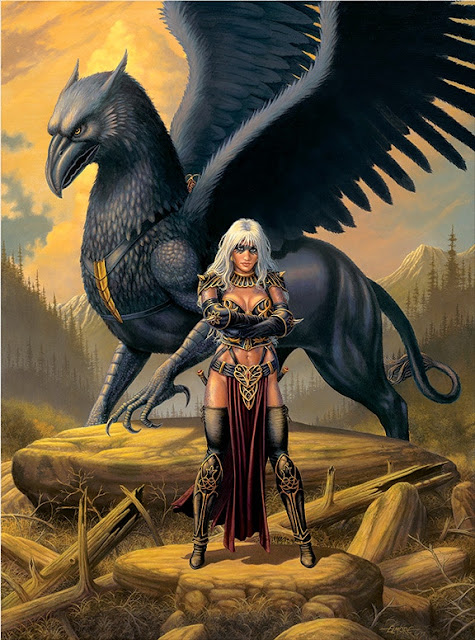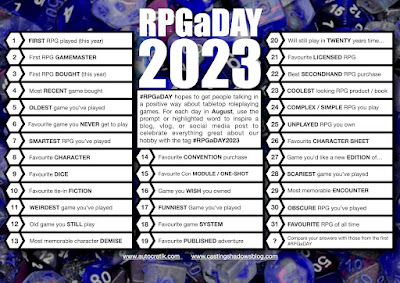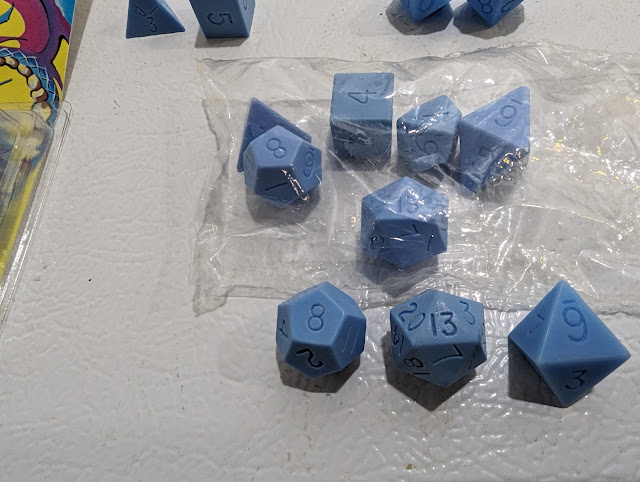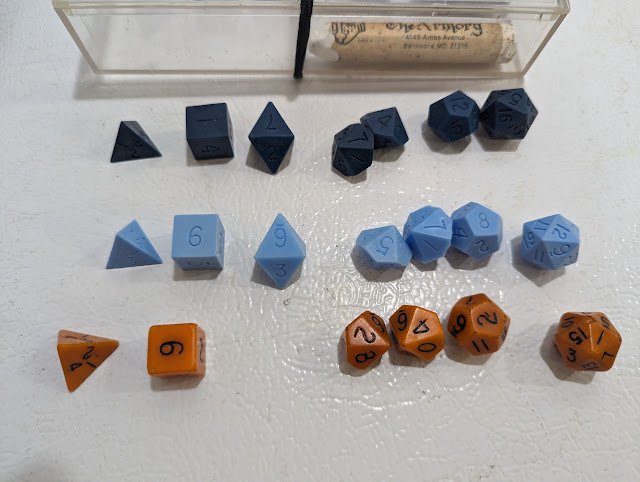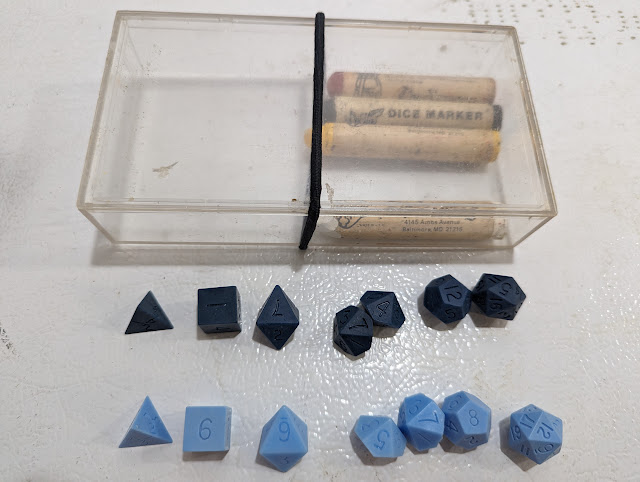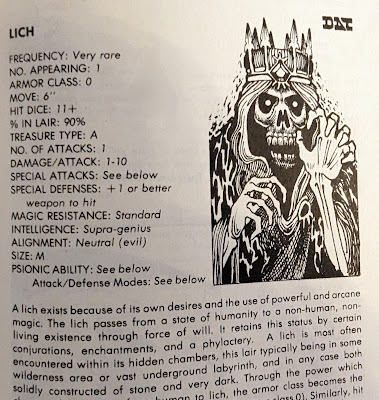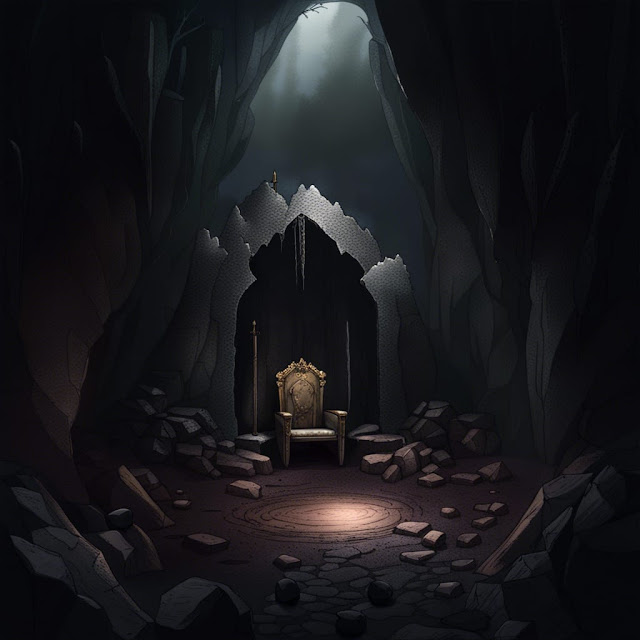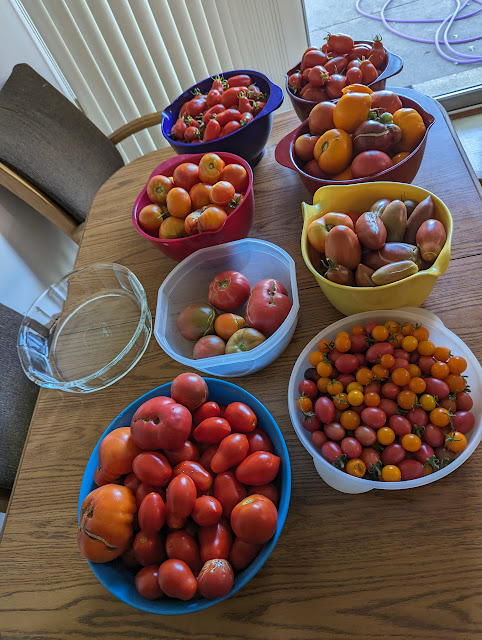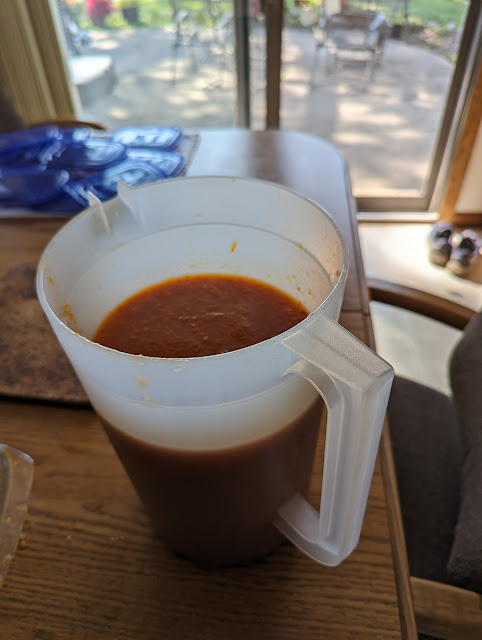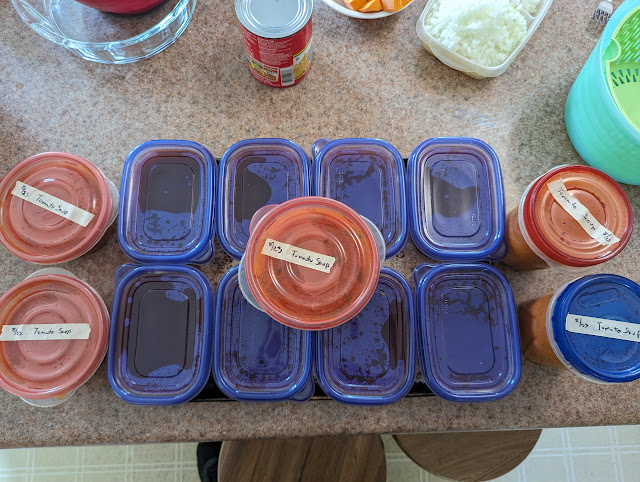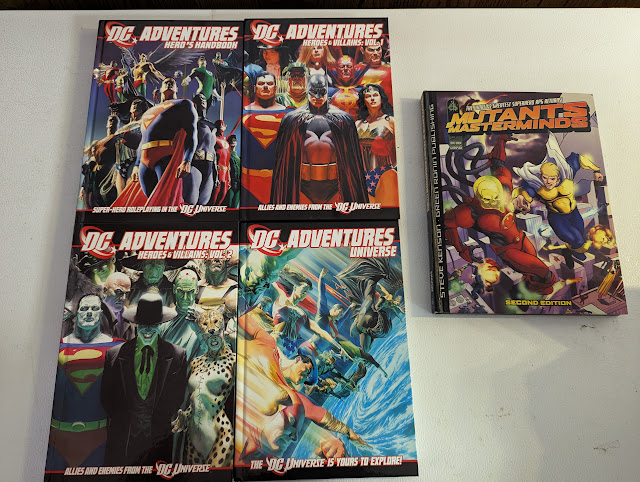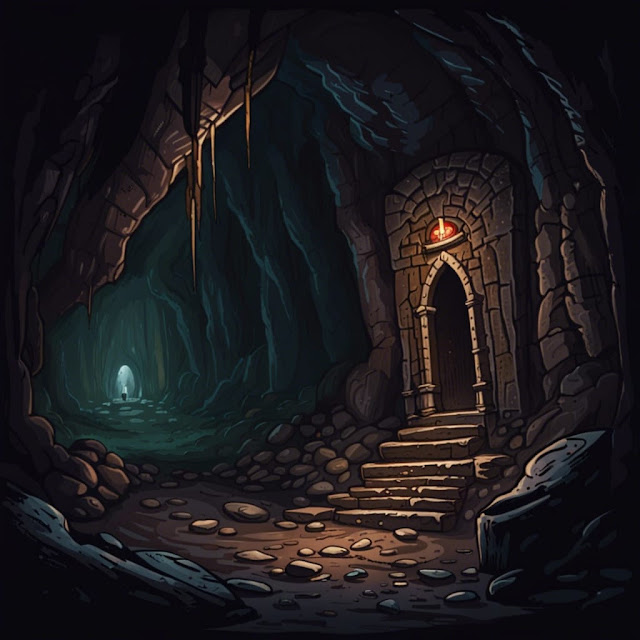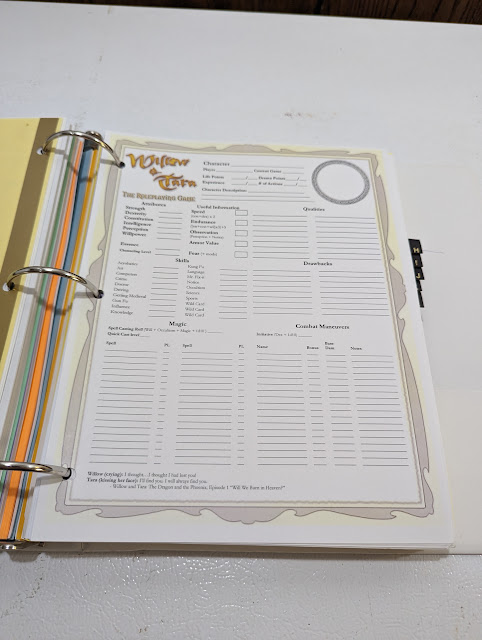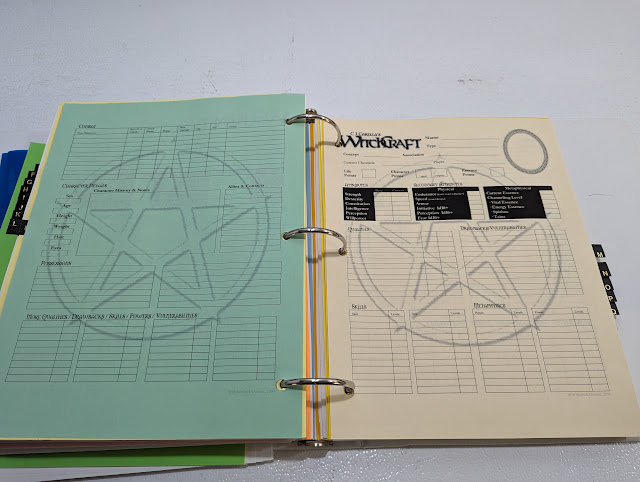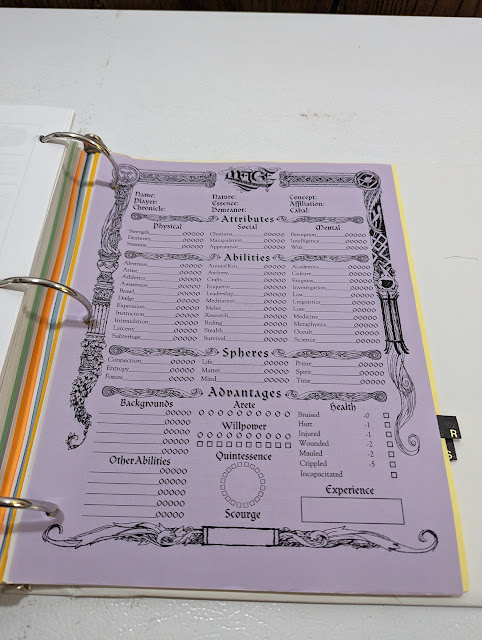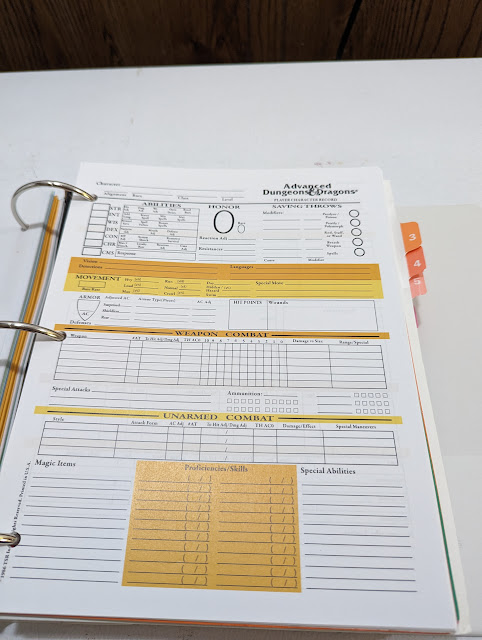Mapping Your Heists
 Given the origins of the roleplaying hobby—in wargaming and in the drawing of dungeons that the first player characters, and a great many since, explored and plundered—it should be no surprise just how important maps are to the hobby. They serve as a means to show a tactical situation when using miniatures or tokens and to track the progress of the player characters through the dungeon—by both the players and the Dungeon Master. And since the publication of Dungeon Geomorphs, Set One: Basic Dungeon by TSR, Inc. in 1976, the hobby has found different ways in which to provide us with maps. Games Workshop published several Dungeon Floor Sets in the 1980s, culminating in Dungeon Planner Set 1: Caverns of the Dead and Dungeon Planner Set 2: Nightmare in Blackmarsh; Dwarven Forge has supplied dungeon enthusiasts with highly detailed, three-dimensional modular terrain since 1996; and any number of publishers have sold maps as PDFs via Drivethrurpg.com. Loke BattleMats does something a little different with its maps. It publishes them as books.
Given the origins of the roleplaying hobby—in wargaming and in the drawing of dungeons that the first player characters, and a great many since, explored and plundered—it should be no surprise just how important maps are to the hobby. They serve as a means to show a tactical situation when using miniatures or tokens and to track the progress of the player characters through the dungeon—by both the players and the Dungeon Master. And since the publication of Dungeon Geomorphs, Set One: Basic Dungeon by TSR, Inc. in 1976, the hobby has found different ways in which to provide us with maps. Games Workshop published several Dungeon Floor Sets in the 1980s, culminating in Dungeon Planner Set 1: Caverns of the Dead and Dungeon Planner Set 2: Nightmare in Blackmarsh; Dwarven Forge has supplied dungeon enthusiasts with highly detailed, three-dimensional modular terrain since 1996; and any number of publishers have sold maps as PDFs via Drivethrurpg.com. Loke BattleMats does something a little different with its maps. It publishes them as books.A Loke BattleMats book comes as a spiral-bound book. Every page is a map and every page actually light card with a plastic covering. The fact that it is spiral-bound means that the book lies completely flat and because there is a map on every page, every map can be used on its own or combined with the map on the opposite page to work as one big, double-page spread map. The fact that the book is spiral bound means that it can be folded back on itself and thus just one map used with ease or the book unfolded to reveal the other half of the map as necessary. The fact that every page has a plastic covering means that every page can be drawn on using a write-on/wipe-off pen. It is a brilliantly simple concept which has already garnered the publisher the UK Games Expo 2019 People’s Choice Awards for Best Accessory for the Big Book of Battlemats and both the UK Games Expo 2019 Best Accessory and UK Games Expo 2019 People’s Choice Awards Best Accessory for Giant Book of Battle Mats.
The newest release from Loke Battle Mats is the Big Book of Battle Mats: Rooms, Vaults, & Chambers, which presents “Battle maps for Tabletop Roleplaying Ideal for Heists and Other Exciting Encounters!”, marked in either one-inch squares. Unlike other map books from Loke Battle Mats, the plain maps, simple floors without any detail or furnishings, are left until the end, so the volume gets straight to presenting interesting locations that a Game Master can add to her game. It starts with a tavern, all wood flooring and trestle tables on one page, but a stone-floored cellar, connected by a set of stairs on the opposite page. Next, there is some kind of office, which could be town hall or a minor guild hall, but next to that is a gaol with several cells, so together the two maps become a watch house or town guard station complete with its set of cells in which hold suspects or prisoners. Similarly, there are work desks and an office on the next map, but a room with shelves containing books or papers on the other, turning the location into a records office or a library, a plain series of tunnels snake around the map only to connect to room via a hole in the wall (either dug open or blown open with magic of even explosives), whilst an unremarkable work area is turned into something interesting—the backstage of a theatre—because it connects to a stage and auditorium on the opposite page, and an innocent-looking restaurant hides a gambling den complete with dueling room should satisfaction be demanded on the opposite page. Other maps depict warehouses and sections of a sewer system—the latter easy to line up with the sewer maps in other map volumes from the publisher, a sauna complex, a museum foyer complete with triceratops skeleton on display, an abandoned house complete with cobwebs, and even a banqueting hall and kitchen.
The maps are also nicely detailed in places. Food in particular features throughout, whether that is the lonely plate on the desk in the room backstage or sumptuous choice of dishes laid out on the banqueting table, but there are also numerous tools, weapons, and pieces of armour dotting the various locations as appropriate. Another feature is that the maps do not always specifically work for the fantasy genre. They will work in others too. For example, the inn and gambling den would be perfect for the nineteen twenties and thirties, the sauna complex feels very modern, and the museum foyer with its triceratops skeleton would work in numerous genres.
The main feature of the maps in the Big Book of Battle Mats: Rooms, Vaults, & Chambers is their capacity to tell stories. Want the Player Characters to tunnel into the vault of a bank? There is a tunnel and map with a broken wall for that, as well as vault on another map. Or, for a bank robbery, take the office and gaol and make the cells individual vaults. The gambling den is perfect for a raid by the police or a rival gang. The stage is ripe for an interrupted performance. All the Game Master or her players and their characters have to do is supply the details of the interruption. Essentially, depending upon the story being played out, the multiple maps can be used as the Player Characters move from one location to another as events unfold. In addition, because the maps in the Big Book of Battle Mats: Rooms, Vaults, & Chambers depict urban locations, they can often be used again and again, especially in a campaign which takes place in one town or city.
Physically, Big Book of Battle Mats: Rooms, Vaults, & Chambers is very nicely produced. The maps are clear, easy to use, fully painted, and vibrant with colour. One issue may well be with binding and the user might want to be a little careful folding the pages back and forth lest the pages crease or break around the spiral comb of the binding.
It is clear that a lot of thought of has been put into the design of the Big Book of Battle Mats: Rooms, Vaults, & Chambers. Although not every room or map in the collection is either exciting or inspirational, they can all be useful. The best of them are and many of the maps will inspire a gaming group to use them as locations and more, using them to help create the stories they roleplay. The Big Book of Battle Mats: Rooms, Vaults, & Chambers is a really useful sourcebook for city campaigns and its capacity to help tell stories is very nicely thought out.


